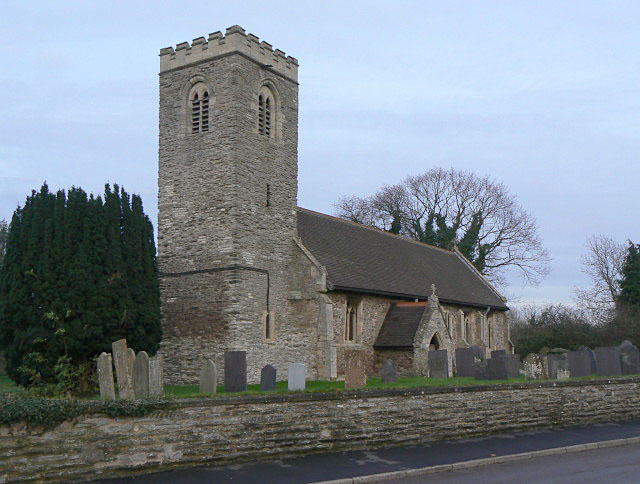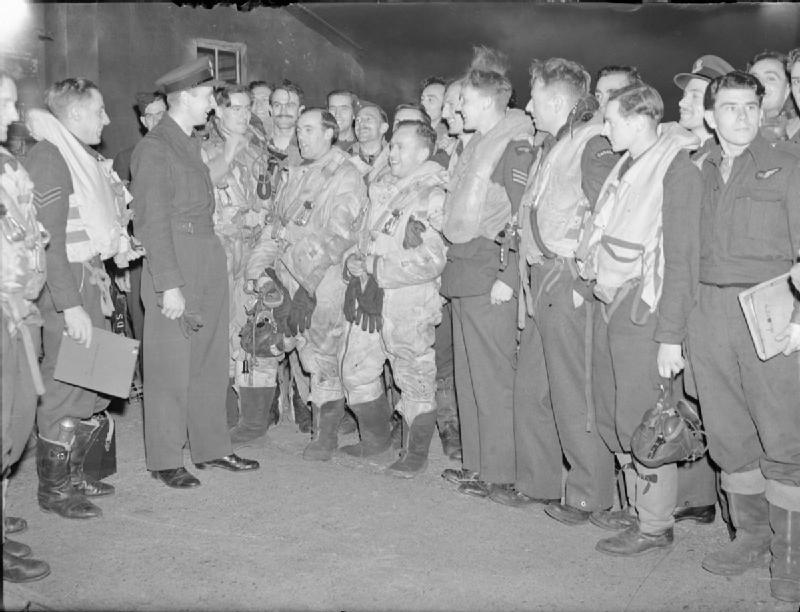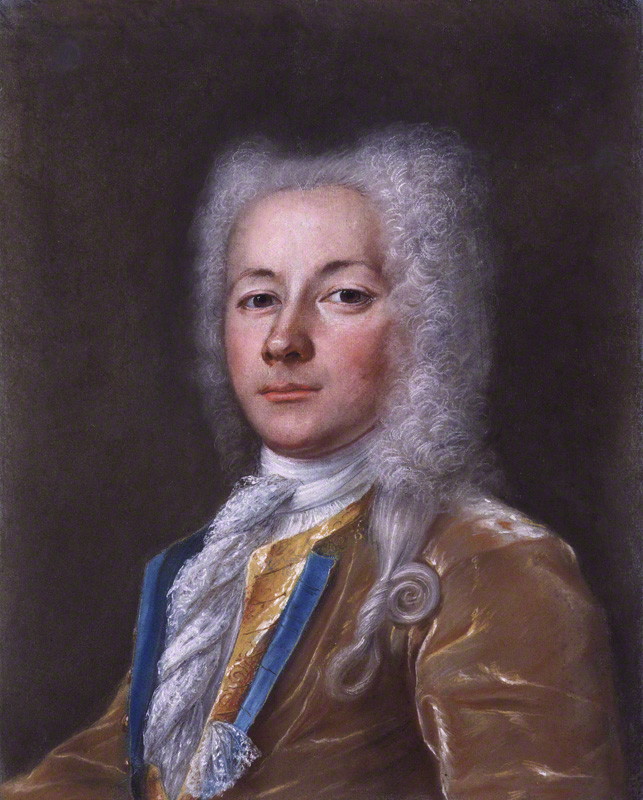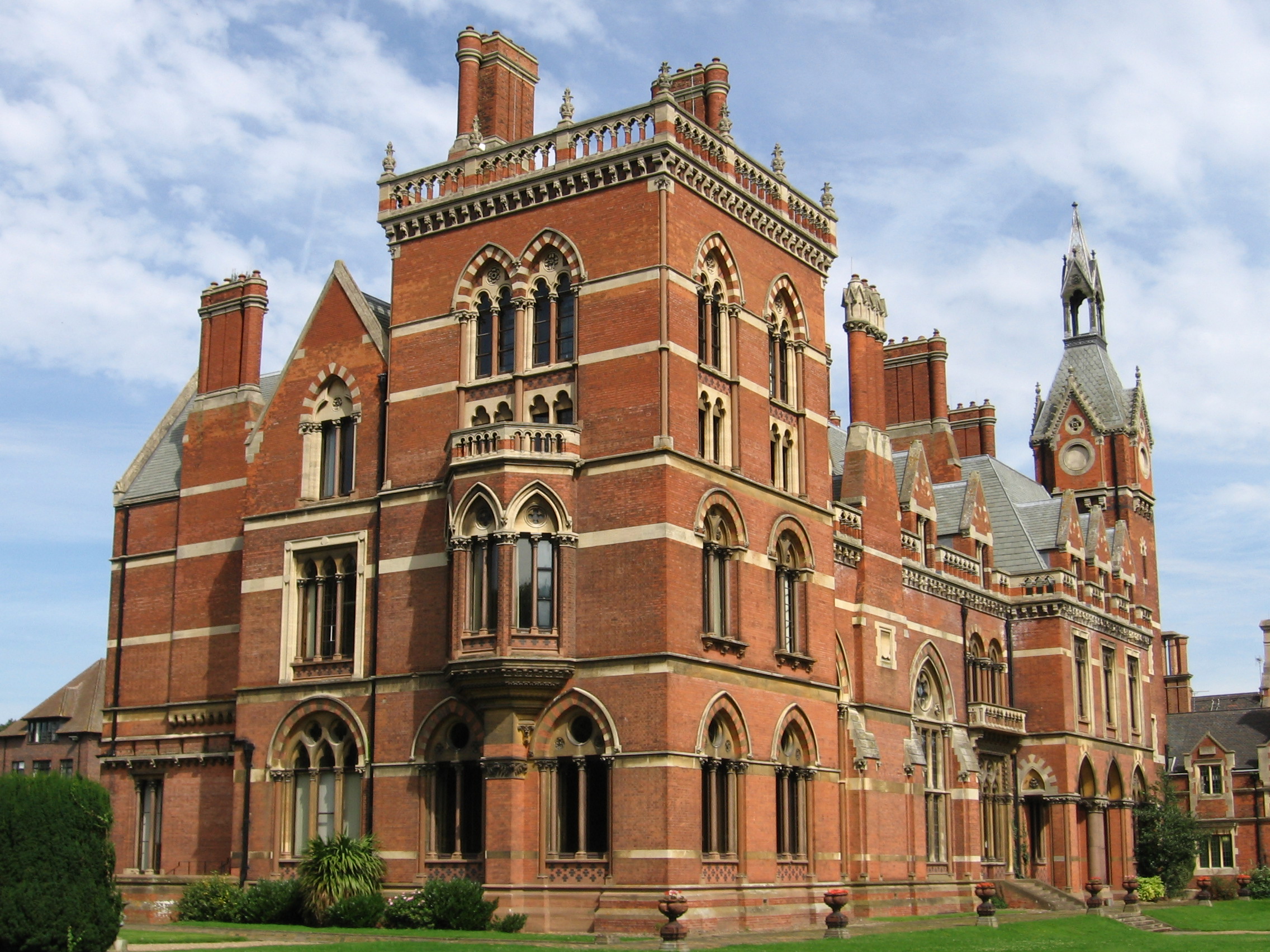|
Syerston
Syerston is a small Nottinghamshire parish about six miles south-west of Newark-on-Trent, which is bisected by the A46 trunk road. It contains 179 inhabitants in seventy-three households (2011) which are almost all in a settlement to the east of the road. The parish is bounded on the north-east by Elston, on the south-east by Flintham and to the east by Sibthorpe. Its southern boundary is the supposed pre-historic trackway called Longhedge Lane. The Highways Agency constructed in 2011/12 a new seventeen miles long two-lane dual carriageway from the A606 two level junction at Widmerpool to an improved roundabout at Farndon. This passes through the parish between the old A46, which is thought to follow the line of the old Roman Fosse Way, and the settlement of Syerston. RAF Syerston is almost all in Flintham parish, immediately to the south of Syerston parish and to the west of the A46 trunk road. Toponymy The place appears as ''Sirestune'' in the Domesday Survey of 1086 a ... [...More Info...] [...Related Items...] OR: [Wikipedia] [Google] [Baidu] |
RAF Syerston
Royal Air Force Station Syerston, commonly known as merely RAF Syerston , is a Royal Air Force station in the parish of Flintham, near Newark, Nottinghamshire. Opened in 1940, it was used by the Royal Air Force (RAF) as a bomber base during the Second World War, operating Vickers Wellingtons, Avro Manchesters, and the Avro Lancaster heavy bombers. Post-war, it became home to Jet Provosts of the 2 Flying Training School. It is now home to the Royal Air Force Central Gliding School. History Bomber Command RAF Syerston was built as part of the bomber expansion in the late 1930s, but did not open until 1 December 1940. The first aircraft were Vickers Wellingtons crewed by Polish flyers who had joined the RAF. In July 1941, they were replaced by members of the Royal Canadian Air Force (RCAF), flying Handley-Page Hampdens. From December 1941 until 5 May 1942, the base was closed whilst a concrete runway was built with two T2 hangars. When it re-opened, it became part of No ... [...More Info...] [...Related Items...] OR: [Wikipedia] [Google] [Baidu] |
Lewis Disney Ffytche
Lewis Disney Fytche (9 October 1738 – 1822), originally Lewis Disney, often known after his marriage as Disney Fytche, was an English radical and landowner. Early life The son of John Disney of Lincoln, he was brother of John Disney the Unitarian. He owned Flintham Hall in Nottinghamshire, a family property. He also inherited Swinderby, in Lincolnshire. The eldest son, he received in the end the bulk of his father's property. Flintham Hall was from a grandmother. Reform radical Disney married Elizabeth, daughter of William Fytche, on 16 September 1775. He changed his name, to Lewis Disney Fytche (ffytche), by Royal Sign Manual eleven days later, for reasons connected with property holdings. Around this time he bought Syerston, Nottinghamshire, from Lord George Manners-Sutton. He became captain in the 21st Regiment of Foot, and served in the American War of Independence. He was promoted major in 1780. Fytche had the radical John Cartwright as a first cousin, on his mother' ... [...More Info...] [...Related Items...] OR: [Wikipedia] [Google] [Baidu] |
Flintham Hall
Flintham is a village and civil parish in the Rushcliffe district in Nottinghamshire, 7 miles (11 km) from Newark-on-Trent and opposite RAF Syerston on the A46. It had a population of 597 at the 2011 Census and estimated at 586 in 2019. The village name was taken by the Ham class minesweeper HMS Flintham. Amenities The Grade I listed Anglican church is dedicated to St Augustine of Canterbury and has "a Victorian nave attached to a Norman tower and chancel." It now belongs to the Fosse Group of parishes, with St Peter's Church, East Bridgford, St Helen's Church, Kneeton, St Wilfrid's Church, Screveton, and St Mary's Church, Car Colston. A service is held about once a month. The village has a primary school, currently closed, a village hall (the old school building), and a cricket pavilion. Its one pub, the ''Boot and Shoe Inn'', is in Main Street. There is also a voluntarily run Flintham Community Shop and a museum of rural life. Several gardens are normally open to the publi ... [...More Info...] [...Related Items...] OR: [Wikipedia] [Google] [Baidu] |
Flintham
Flintham is a village and civil parish in the Rushcliffe district in Nottinghamshire, 7 miles (11 km) from Newark-on-Trent and opposite RAF Syerston on the A46. It had a population of 597 at the 2011 Census and estimated at 586 in 2019. The village name was taken by the Ham class minesweeper HMS Flintham. Amenities The Grade I listed Anglican church is dedicated to St Augustine of Canterbury and has "a Victorian nave attached to a Norman tower and chancel." It now belongs to the Fosse Group of parishes, with St Peter's Church, East Bridgford, St Helen's Church, Kneeton, St Wilfrid's Church, Screveton, and St Mary's Church, Car Colston. A service is held about once a month. The village has a primary school, currently closed, a village hall (the old school building), and a cricket pavilion. Its one pub, the ''Boot and Shoe Inn'', is in Main Street. There is also a voluntarily run Flintham Community Shop and a museum of rural life. Several gardens are normally open to the public ... [...More Info...] [...Related Items...] OR: [Wikipedia] [Google] [Baidu] |
Sibthorpe
Sibthorpe is a village and civil parish in the borough of Rushcliffe, in Nottinghamshire, England. There is no parish council, only a parish meeting. Toponymy The place-name Sibthorpe seems to contain an Old Norse personal name, ''Sibba'', + '' þorp '' (Old Norse), A secondary settlement, a dependent outlying farmstead or hamlet, so probably, "Sibba's outlying farm/settlement". Sibthorpe appears in the Domesday survey of 1086 as ''Sibetorp''. History According to Francis White's ''Directory of Nottinghamshire'' of 1853, Sibthorpe, ''"lies on the Cardike, south-south-west of Newark, and was once a place of considerable importance, having a college founded by Geffrey de Scroop, in the reign of Edward II. It was also for a long time the residence of the Burnell family, who had a large mansion here, of which nothing now remains. The lordships contains of land, a tithe-free estate of the rateable value of £1,721, and 154 inhabitants, and is all the property of the Duke of P ... [...More Info...] [...Related Items...] OR: [Wikipedia] [Google] [Baidu] |
Farndon, Nottinghamshire
Farndon is a small village and civil parish on the Fosse road, 2.5 miles (4 km) south-west of Newark-on-Trent, on the banks of the River Trent. The population of the civil parish as of the 2011 census is 2,405. The A46 previously ran through the village until the development of a new dual carriageway bypass. History The name Farndon means "Fern Hill". It is thought to be the site of the Roman fort Ad Pontem or ''"the place by the bridges."'' The village played a small part in the English Civil War. During the Siege of Newark in 1646, Farndon was occupied by a Parliamentarian regiment led by Sydnam Poyntz. In the 19th century, farming, malting, willow growing and basket making were the main source of employment for men and women. There was also a village blacksmith, butcher, baker, a general store, and a cobbler. Francis White's ''Directory of Nottinghamshire'' described Farndon in 1853 as follows: ''"Farndon is a well built village and parish on the Trent, 2 miles (3& ... [...More Info...] [...Related Items...] OR: [Wikipedia] [Google] [Baidu] |
Averham
Averham is a village and civil parish in the Newark and Sherwood district of Nottinghamshire, England. According to the 2001 census it had a population of 187, increasing to 294 at the 2011 census. The village is just west of Newark-on-Trent. Staythorpe Power Station is south-west of the village. Church Averham is the location of Church of St. Michael and All Angels, Averham, which is a Grade I listed building. Theatrical tradition For many decades, the village has been famous locally for the Robin Hood Theatre. The 150-seat theatre was designed by built Reverend Joseph Cyril Walker and built on the grounds of Averham Rectory, in 1913, by the village carpenter, Robert Lee. Its original name was Robin Hood Opera House. The Youth section of the Robin Hood Theatre has become an important part of its function, and performs regularly in the Nottingham And Nottinghamshire Drama Association Festival. The theatre closed in 1951, then reopened 1n 1961 as a public theatre under a c ... [...More Info...] [...Related Items...] OR: [Wikipedia] [Google] [Baidu] |
Robert Sutton, 2nd Baron Lexinton
Robert Sutton, 2nd Baron Lexington PC (6 January 166219 September 1723) was an English diplomat. Family He was the son of Robert Sutton, 1st Baron Lexington and his third wife Mary St. Leger. On 14 September 1691, he married Margaret, (d. April 1703), the daughter of Sir Giles Hungerford of Coulston, Wiltshire, by whom he had three children: *William George Sutton (1697October 1713), died in Madrid while his father was ambassador there *Bridget Sutton (30 Nov 16991734), married John Manners, 3rd Duke of Rutland *Leonora Cordelia Margueretta (October 1715) Career He served as a captain of a troop of horse, resigning his commission in 1686. He was appointed a gentleman of horse to the Prince and Princess of Denmark ( Princess Anne, later Queen Anne), in 1690; a position he resigned in February 1692/3. Lord Lexington supported in the House of Lords the elevation of William of Orange to the throne, and was employed by that king at court and on diplomatic business, being sen ... [...More Info...] [...Related Items...] OR: [Wikipedia] [Google] [Baidu] |
John Manners, 3rd Duke Of Rutland
John Manners, 3rd Duke of Rutland KG PC (21 October 1696 – 29 May 1779) was an English nobleman, the eldest son of John Manners, 2nd Duke of Rutland and Catherine Russell. Styled Marquess of Granby from 1711, he succeeded to the title in 1721, cutting short a brief career in the House of Commons, where he had represented Rutland as a Whig. Biography He held a variety of government and court positions including Lord Lieutenant of Leicestershire 1721–1779, Chancellor of the Duchy of Lancaster 1727–1736, Lord Steward of the Household 1755–1761, and Master of the Horse 1761–1766. He represented Rutland in the British Parliament from January 1719 to February 1721. He was one of the directors of the Royal Academy of Music, establishing a London opera company which commissioned numerous works from Handel, Bononcini and others.Thomas McGeary. ''The Politics of Opera in Handel's Britain''. Cambridge University Press, 2013. p.268 In 1722 he became a Knight of the Order of th ... [...More Info...] [...Related Items...] OR: [Wikipedia] [Google] [Baidu] |
Newark And Sherwood
Newark and Sherwood is a local government district and is the largest district in Nottinghamshire, England. The district was formed on 1 April 1974, by a merger of the municipal borough of Newark with Newark Rural District and Southwell Rural District. The district is predominantly rural, with some large forestry plantations, the ancient Sherwood Forest and the towns of Newark-on-Trent, Southwell and Ollerton. The council is based at Castle House, adjacent to Newark Castle Railway station, having previously used Kelham Hall in the nearby village of Kelham as its headquarters. Settlements Newark-on-Trent, together with Balderton, forms the largest urban area in the district. Newark-on-Trent has many important historic features including Newark Castle, St Mary's Magdalene Church, Georgian architecture and a defensive earthwork from the British Civil Wars. Other important towns in the district include Ollerton and Southwell which is home to Southwell Minster and Southwell ... [...More Info...] [...Related Items...] OR: [Wikipedia] [Google] [Baidu] |
Lord George Manners-Sutton
Lord George Manners-Sutton (8 March 1723 – 7 January 1783, Kelham Hall), born Lord George Manners, was a British nobleman and politician, the third son of John Manners, 3rd Duke of Rutland. On 5 December 1749, he married Diana Chaplin (d. 1767), only daughter of Thomas Chaplin of Blankney, Lincolnshire, by whom he had nine children: *George Manners-Sutton (1751–1804) *Captain John Manners-Sutton (1752–1826), married Anne Manners, natural daughter of John Manners, Marquess of Granby, his first cousin *Captain Robert Manners-Sutton, RN (1754–1794), killed in the explosion of HMS ''Ardent'' *Charles Manners-Sutton (1755–1828), Archbishop of Canterbury *Thomas Manners-Sutton, 1st Baron Manners (1756–1842) *Captain Francis Manners-Sutton(d. 1781) *Diana Manners-Sutton, married on 21 April 1778 Francis Dickins *Louisa Bridget Manners-Sutton (d. 5 February 1800), married on 15 June 1790 Edward Lockwood-Perceval *Charlotte Manners-Sutton (d. 1827), married on 16 June 1789 Th ... [...More Info...] [...Related Items...] OR: [Wikipedia] [Google] [Baidu] |
Commonwealth Of England
The Commonwealth was the political structure during the period from 1649 to 1660 when England and Wales, later along with Ireland and Scotland, were governed as a republic after the end of the Second English Civil War and the trial and execution of Charles I. The republic's existence was declared through "An Act declaring England to be a Commonwealth", adopted by the Rump Parliament on 19 May 1649. Power in the early Commonwealth was vested primarily in the Parliament and a Council of State. During the period, fighting continued, particularly in Ireland and Scotland, between the parliamentary forces and those opposed to them, in the Cromwellian conquest of Ireland and the Anglo-Scottish war of 1650–1652. In 1653, after dissolution of the Rump Parliament, the Army Council adopted the Instrument of Government which made Oliver Cromwell Lord Protector of a united "Commonwealth of England, Scotland and Ireland", inaugurating the period now usually known as the Protecto ... [...More Info...] [...Related Items...] OR: [Wikipedia] [Google] [Baidu] |



.jpg)





